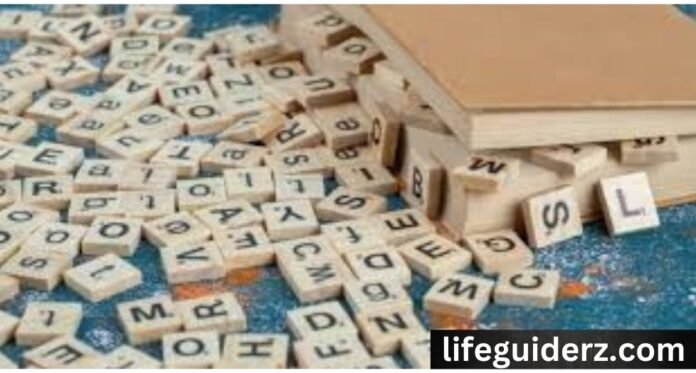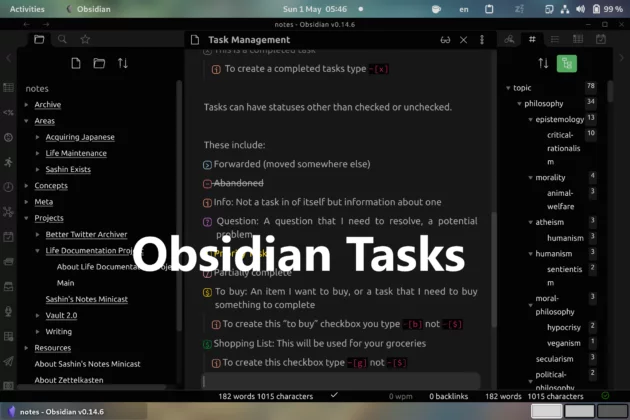The New York Times Crossword Puzzle is a beloved and challenging mental exercise that often includes a variety of clever and obscure clues. One such intriguing clue is “laser pointer chaser.” This clue taps into everyday experiences, hinting at common scenarios involving pets and play. Understanding this clue involves considering both literal and figurative meanings, making it a fascinating example of the creativity and complexity of NYT crossword puzzles.
The Challenge of the Laser Pointer Chaser NYT Clue
The “laser pointer chaser” clue presents a unique challenge due to its dual-layered meaning. On the surface, it refers to something that follows or reacts to a laser pointer. However, solvers must also consider potential synonyms and metaphorical interpretations. This clue exemplifies the kind of nuanced thinking required to solve NYT crossword puzzles, where straightforward answers are rarely the norm.
How to Decode the Laser Pointer Chaser NYT Clue?
Decoding the “laser pointer chaser” clue involves a few strategic steps. First, think about the most common associations with laser pointers—cats are famously known for chasing the light. Next, consider any alternate meanings or synonyms that might fit the grid pattern. Cross-referencing with intersecting clues can also provide hints, helping to narrow down the possible answers.
Common Themes in NYT Crossword Puzzles
NYT crossword puzzles frequently incorporate themes that range from the whimsical to the intellectually stimulating. Themes might revolve around puns, historical events, famous quotes, or common idioms. These themes add an extra layer of enjoyment and challenge, encouraging solvers to think outside the box and make connections between seemingly unrelated concepts.
The Popularity of Laser Pointer Chaser Clues
Clues like “laser pointer chaser” are popular because they draw on everyday experiences and common knowledge. They add a fun, relatable element to the puzzle, making it accessible to a broad audience. Such clues often evoke a sense of satisfaction when solved, as they connect the abstract world of crosswords with real-life scenarios.
Tips for Solving Crossword Puzzles Efficiently
To solve crossword puzzles efficiently, start with the easiest clues to build momentum. Look for common prefixes, suffixes, and plurals. Use the grid to identify patterns and fill in intersecting words. Don’t be afraid to skip difficult clues and return to them later with fresh eyes. Practice regularly to improve your vocabulary and puzzle-solving skills.
The Role of Clues in Crossword Puzzle Difficulty
Clues play a crucial role in determining the difficulty of a crossword puzzle. Easy clues are often straightforward and direct, while harder clues might involve wordplay, obscure references, or multiple meanings. Understanding the varying levels of clue complexity can help solvers develop strategies to tackle puzzles more effectively.
How Laser Pointer Chaser Puzzles Improve Cognitive Skills?
Engaging with puzzles like the “laser pointer chaser” clue can significantly improve cognitive skills. Crossword puzzles enhance memory, boost vocabulary, and promote problem-solving abilities. They require solvers to think critically and creatively, making them an excellent mental workout that keeps the brain sharp and agile.
The History of Crossword Puzzles in the New York Times
The New York Times began publishing crossword puzzles in 1942, and they quickly became a staple of the newspaper. Over the decades, the puzzles have evolved in complexity and style, reflecting changes in language, culture, and technology. Today, the NYT crossword is considered one of the most prestigious and challenging puzzles, attracting a dedicated following of solvers worldwide.
Strategies for Mastering NYT Crossword Puzzles
Mastering NYT crossword puzzles involves consistent practice and developing a few key strategies. Familiarize yourself with common crossword tropes and abbreviations. Pay attention to the puzzle’s theme and use it to guide your answers. Work systematically through the grid, and don’t hesitate to use a thesaurus or dictionary for challenging clues.
The Importance of Context in Solving Crossword Clues
Context is crucial in solving crossword clues, as it helps narrow down the possible answers. Consider the theme of the puzzle and the placement of the clue within the grid. Cross-referencing with other clues can provide additional hints, making it easier to deduce the correct answer. Understanding the context also helps in recognizing puns and wordplay.
Fun Facts About Laser Pointer Chaser and Other Puzzle Clues
Clues like “laser pointer chaser” often have interesting backstories and trivia associated with them. For instance, the behavior of cats chasing laser pointers is not only a common pet activity but also a subject of scientific studies on animal behavior. Such clues add a layer of enjoyment to puzzles, as solvers learn new and quirky facts while solving.
The Appeal of Crossword Puzzles to Different Audiences
Crossword puzzles appeal to a wide range of audiences due to their versatility and the intellectual challenge they offer. They attract language enthusiasts, trivia buffs, and those looking for a mental workout. The sense of accomplishment upon completing a puzzle and the continuous learning involved make crosswords a popular pastime for many.
How to Become an Expert Crossword Solver?
Becoming an expert crossword solver requires dedication and practice. Start with simpler puzzles and gradually tackle more challenging ones. Study common clue types and patterns. Join crossword communities and forums to exchange tips and learn from experienced solvers. Regularly solving puzzles will hone your skills and deepen your understanding of crossword strategies.
Final Answer for Laser Pointer Chaser NYT Puzzle
After considering the clues and possible interpretations, the final answer for the “laser pointer chaser” clue in the New York Times crossword puzzle is often “cat.” This answer fits the typical behavior associated with laser pointers and aligns with the playful nature of crossword clues.
Conclusions
The “laser pointer chaser” clue in the NYT crossword puzzle is a testament to the creativity and complexity of these beloved puzzles. By understanding the context, decoding the clues, and applying strategic thinking, solvers can enjoy a rewarding and intellectually stimulating experience. Whether you’re a novice or a seasoned solver, mastering crossword puzzles offers endless opportunities for mental enrichment and enjoyment.
FAQs
Q: What is the final answer for the “laser pointer chaser” clue?
A: The final answer is typically “cat.”
Q: How do crossword puzzles improve cognitive skills?
A: They enhance memory, boost vocabulary, and promote critical thinking and problem-solving abilities.
Q: When did the New York Times start publishing crossword puzzles?
A: The NYT began publishing crossword puzzles in 1942.
Q: What strategies can help in solving crossword puzzles efficiently?
A: Start with easy clues, look for patterns, use the grid, and practice regularly.
Q: Why are clues like “laser pointer chaser” popular in crosswords?
A: They draw on everyday experiences, making puzzles relatable and enjoyable for a broad audience.




